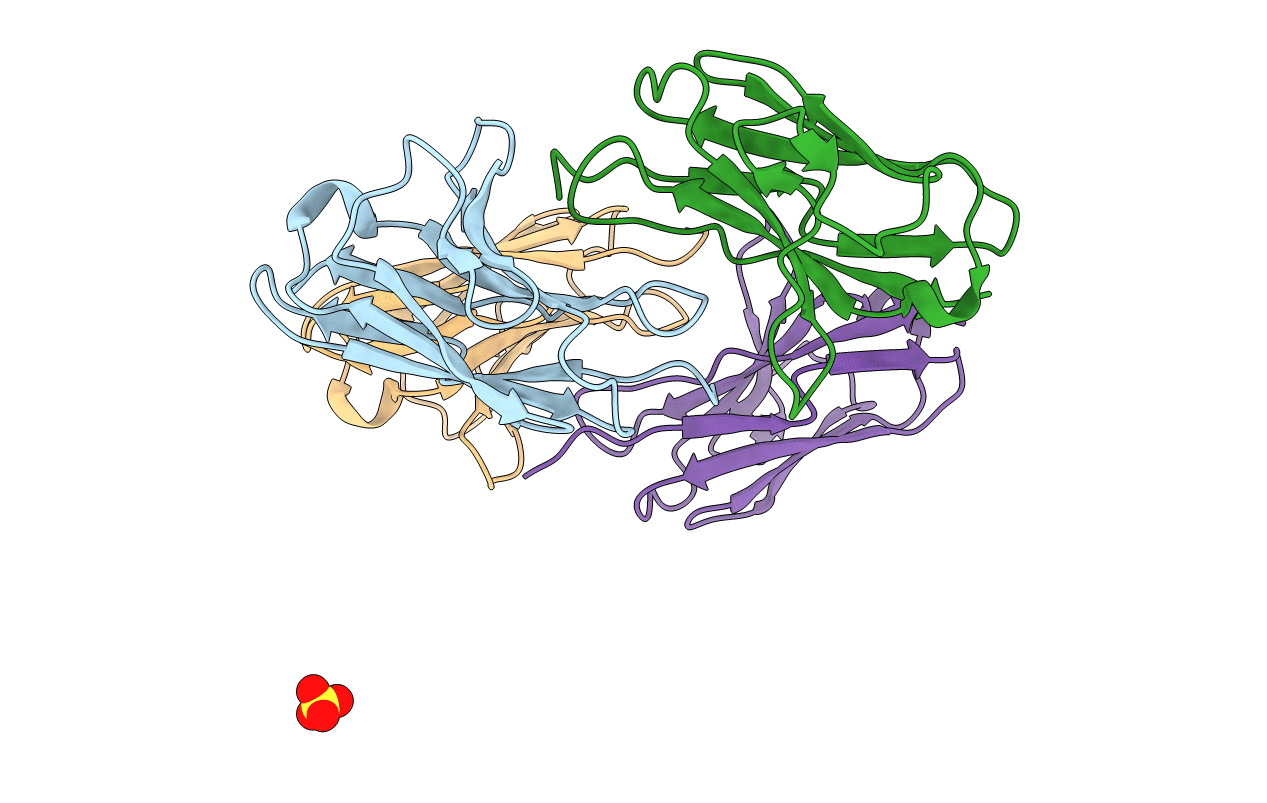
Deposition Date
2007-05-24
Release Date
2008-04-08
Last Version Date
2024-10-30
Entry Detail
PDB ID:
2Q1E
Keywords:
Title:
Altered dimer interface decreases stability in an amyloidogenic kappa1 Bence Jones protein.
Biological Source:
Source Organism:
Homo sapiens (Taxon ID: 9606)
Host Organism:
Method Details:
Experimental Method:
Resolution:
2.55 Å
R-Value Free:
0.20
R-Value Work:
0.16
R-Value Observed:
0.16
Space Group:
P 41 3 2


